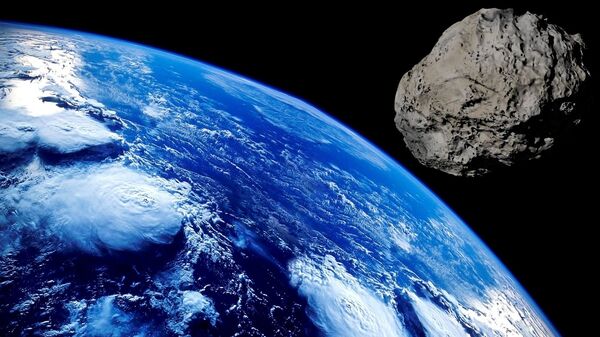Internal emails reveal that NASA discussed 2019 OK “because there may be media coverage” and only 30 minutes before it whizzed past the Earth. The size of a football pitch, it would have obliterated an entire city had it entered the Earth’s atmosphere.
"Because there may be media coverage tomorrow, I'm alerting you that in about 30 mins a 57-130 meter sized asteroid will pass Earth at only 0.19 lunar distances (48,000 miles)", wrote Lindley Johnson, NASA's planetary defence officer on 24 July.
One thing should be mentioned. NASA did spot the asteroid on 7 July, but it moved too slowly to be identified as a near-Earth object. By the time it sped up scientists couldn’t detect it. According to media reports, NASA said bad weather and the position of the Moon had hampered the asteroid’s detection.
It would have hit with over 30 times the energy of the atomic blast at Hiroshima”, said Swinburne University astronomer Alan Duffy, calling it a city-killer.
NASA scientists rushed to condemn doomsday predictions. Buzzfeed News received numerous emails regarding it. In one of them an unnamed NASA official wrote: “Asteroid can't be a city killer when it flies by Earth at 70,000 km, and if and when an asteroid impact might occur, it would not release any nuclear radiation".
Other emails suggest that people within the space agency feel that there is a need for a better detection system. In 2005, the US Congress tasked NASA with detecting 90 percent of hazardous asteroids.
Hope next time an asteroid of that scale flies past the Earth the weather will be lovely.

